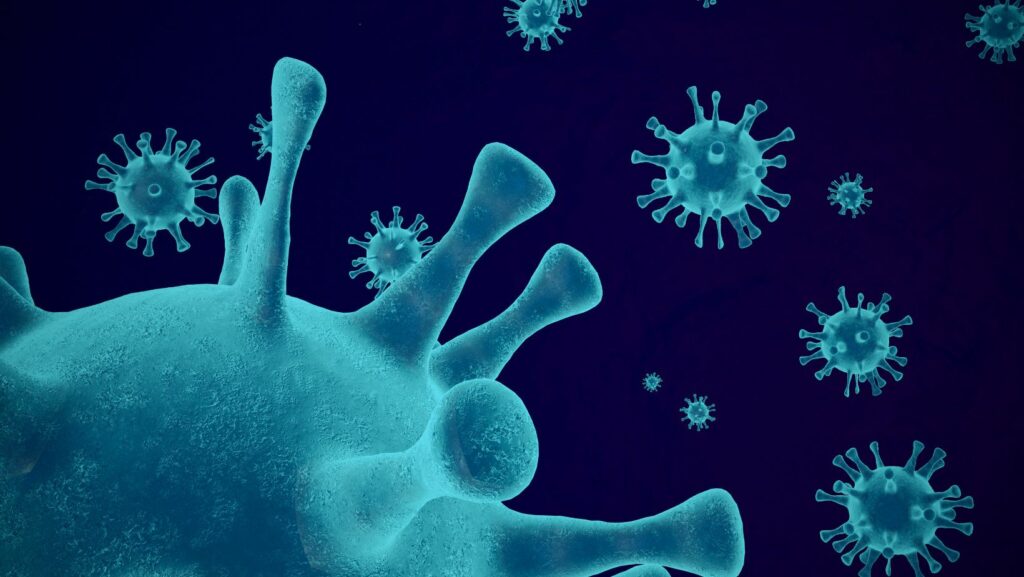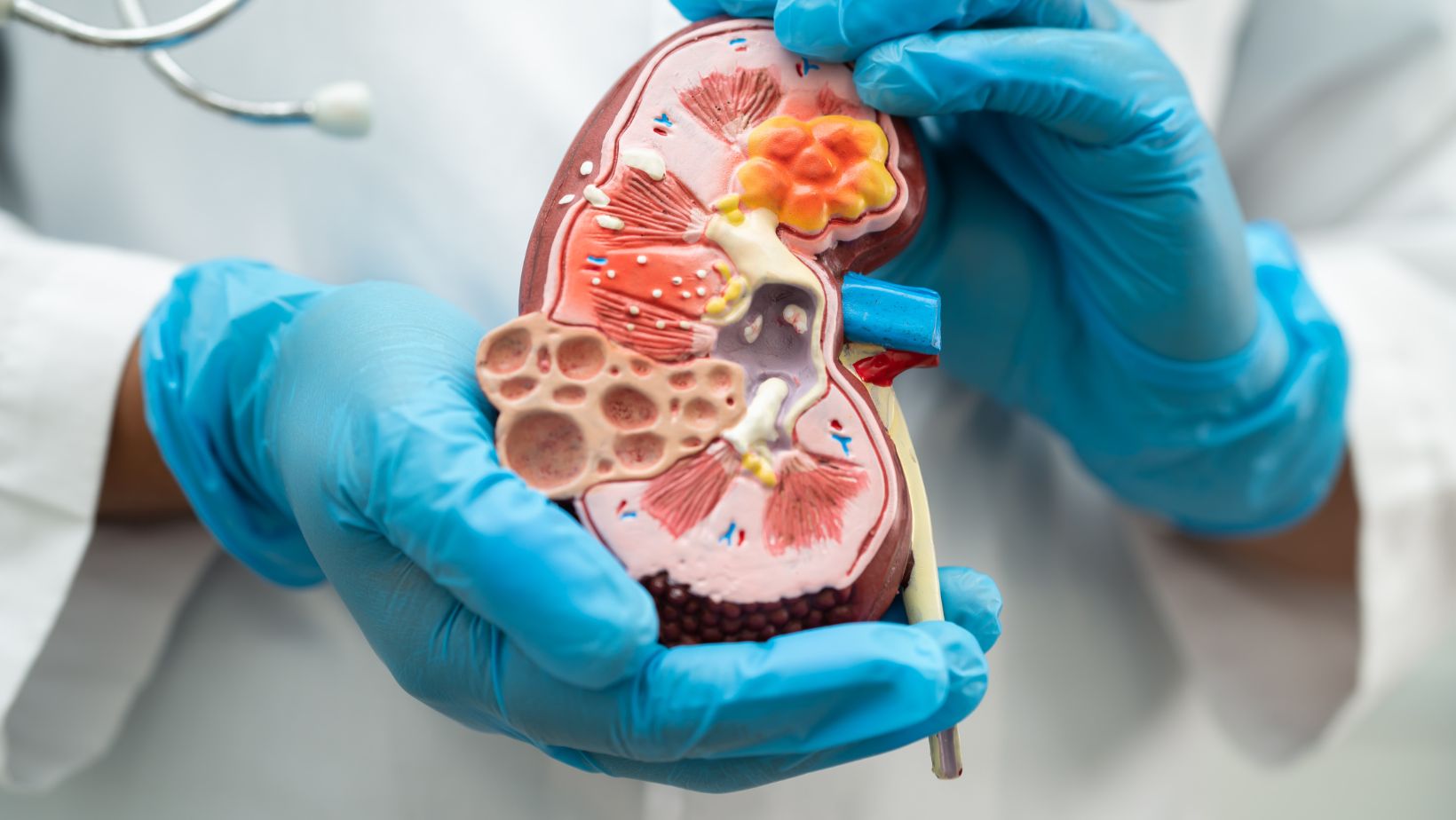
The Crucial Role of Genetic Testing in Managing Low Frequency Diseases Can Be Exclusively
I’ve always been fascinated by the world of medicine and the incredible advancements that have been made in diagnosing and treating various diseases. However, it’s important to acknowledge that not all health conditions receive the same amount of attention. In fact, there are a significant number of low frequency diseases that often go unnoticed or are misdiagnosed. In this article, I’ll be diving into the world of these exclusive diseases and shedding light on the challenges they present for patients and healthcare professionals alike.
When we think about diseases, our minds often jump to well-known conditions like cancer or heart disease. But what about those rare conditions that affect only a handful of individuals worldwide? These low frequency diseases are often characterized by their unique symptoms, limited treatment options, and the lack of awareness surrounding them. In this article, I’ll be exploring the reasons behind the exclusivity of these diseases and the impact they have on the lives of those affected.
Low Frequency Diseases Can Be Exclusively
When it comes to healthcare, we often hear about common diseases such as diabetes, cancer, and heart disease. However, there is a group of illnesses that are often overlooked and misunderstood – low frequency diseases. These conditions affect a small number of individuals, making them challenging to diagnose and treat. In this section, I will delve deeper into what low frequency diseases are and why they require special attention.
Low frequency diseases, also known as rare diseases, are defined as those that affect fewer than 200,000 individuals in the United States. While individually rare, collectively these diseases affect millions of people worldwide. The symptoms of these diseases can vary greatly, and they often present in ways that are not immediately recognizable. This makes it difficult for healthcare professionals to identify and diagnose these conditions, leading to delays in treatment and management.

Common Characteristics of Low Frequency Diseases
When it comes to low frequency diseases, there are several common characteristics that can help us understand their impact and challenges. While each disease is unique in its presentation and progression, there are certain factors that are often seen across different rare diseases. Here are a few common characteristics of low frequency diseases:
- Limited Research and Understanding: One of the key challenges of low frequency diseases is the limited research and understanding surrounding them. Since these diseases affect a small number of individuals, they often receive less attention and funding compared to more prevalent conditions. This lack of research and understanding can make diagnosis and treatment difficult, leading to delays and frustrations for patients and their families.
- Complex Diagnostic Process: Low frequency diseases can be notoriously difficult to diagnose. Their symptoms may be vague or overlap with other more common conditions, making it challenging for healthcare professionals to identify the underlying cause. This can result in a long and frustrating diagnostic journey for patients, often involving multiple doctors and tests. For clarity on these issues, a full body health check could give you a deeper insight into your own health and circumnavigate some of the diagnostic issues when the time comes.
- Lack of Treatment Options: Due to the limited research and understanding of low frequency diseases, there is often a lack of specific treatment options available. Many rare diseases have no approved therapies, leaving patients with limited options to manage their condition. This can lead to a reliance on off-label use of medications or experimental treatments, which may not always be effective or accessible to all patients.
- Isolation and Lack of Support: Coping with a rare disease can be incredibly isolating. Since these conditions are rare, patients may struggle to find others who can relate to their experiences. Additionally, the lack of awareness and understanding from society can contribute to feelings of isolation. Support networks, whether in the form of patient organizations or online communities, play a crucial role in providing emotional support and helpful resources to patients and their families.
By understanding these common characteristics of low frequency diseases, we can better comprehend the challenges faced by those living with rare conditions. It highlights the importance of raising awareness, advocating for research and funding, and supporting patients and their families to improve their quality of life.





